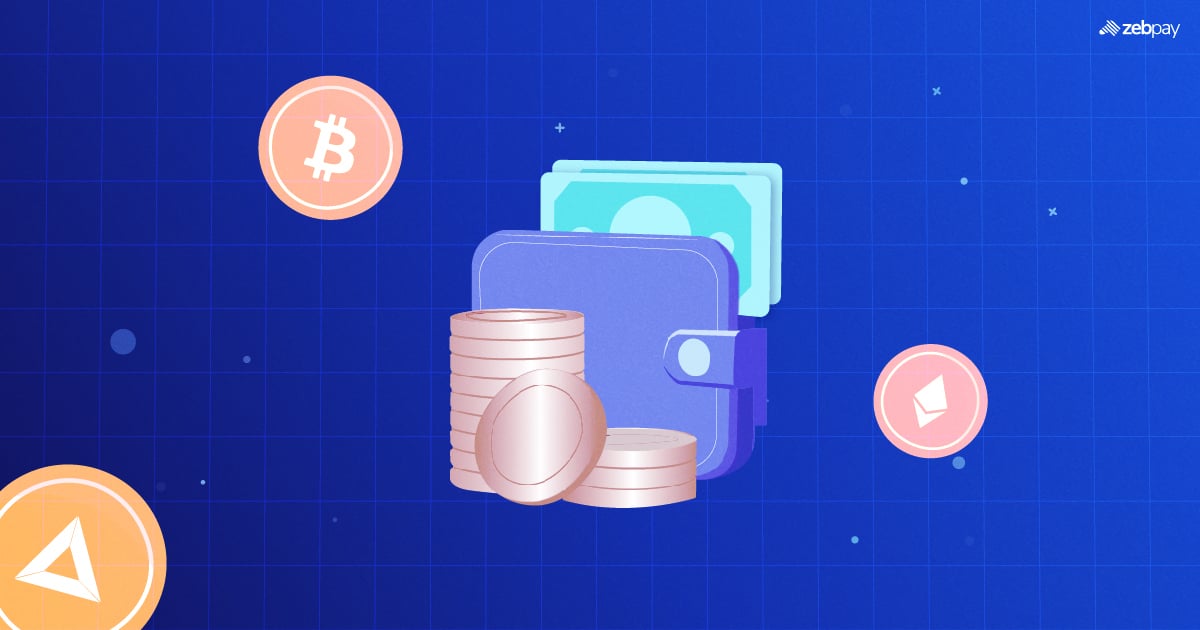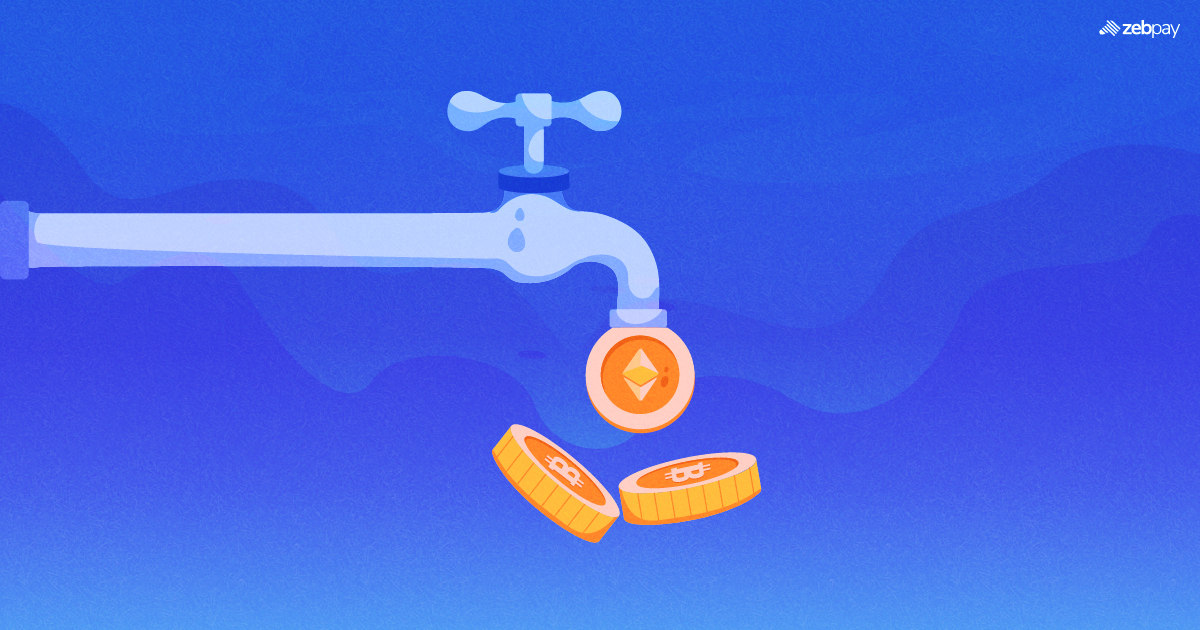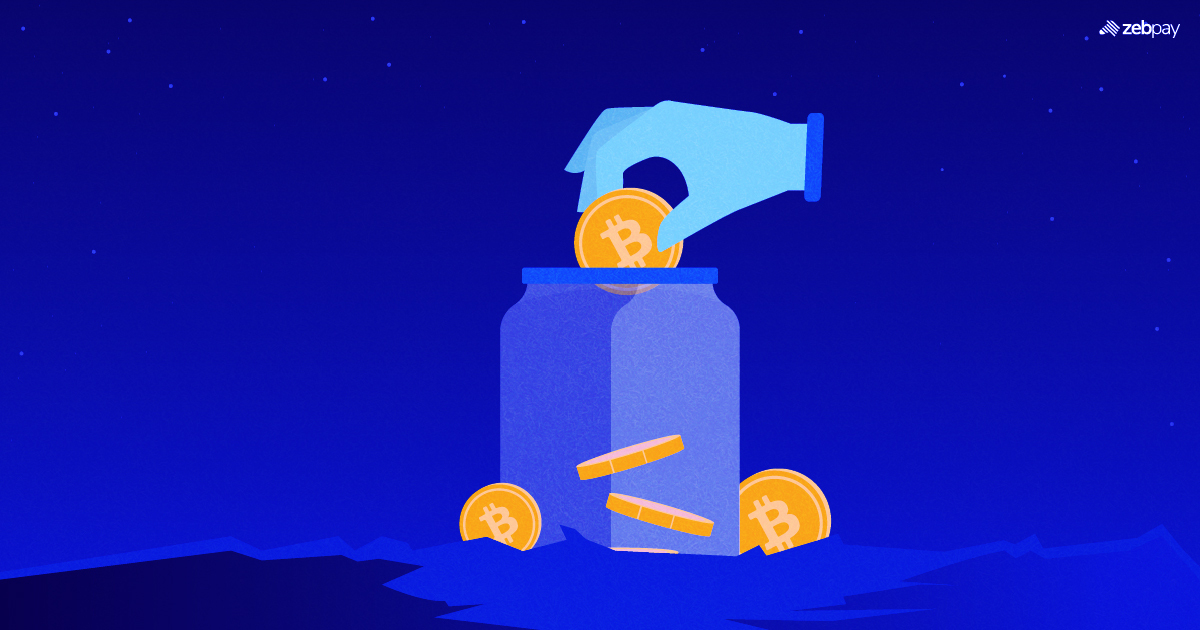These days, everyone wants to get involved with the newest innovation in the financial space – crypto. But this can be daunting for many users, with so many decisions to be made. The first one for many users will be what crypto wallet to choose. This guide will explore several features to look for when choosing a wallet to ensure it works best for your needs.
What Is A Crypto Wallet?
A crypto wallet is a secure application that stores the public-private key pairs you use to access the blockchain. All your activity on a blockchain is tied to these keys, so keeping them secure is essential to using the platform.
Wallets are divided into two types – custodial and non-custodial. Custodial wallets are those where your private keys and funds are held securely by a third party. This is similar to a traditional bank, where the bank stores your money, while you can rest assured that it will remain safe.
Non-custodial wallets act as your bank. You possess your funds and your private keys. Ensuring their security is crucial to using the blockchain freely. Non custodial crypto wallets grant you complete control over your crypto while offering offline storage support.
Factors to Consider When Choosing A Wallet
Here are some main features to keep in mind when choosing a crypto wallet.
Compatibility With Your Chosen Crypto
The first and most essential factor is whether the wallet supports the crypto you want to hold. If you wish to buy or invest in Ethereum but a wallet only supports Bitcoin, then that is not an option for you. Therefore, the first step is always checking what types of tokens and crypto platforms a wallet supports.
Security Features and Reputation of the Wallet Provider
This answer depends on the type of wallet provided. In the case of a custodial wallet, you need to be sure you can trust the third party that holds your funds. For example, if you use the Coinbase custodial wallet, you must understand its security features along with its reputation.
Alternatively, non-custodial wallets greatly reduce the security risks associated with a service provider. Instead, the bulk of the risk lies with you and how safely you can store your wallet information. In this case, you must still make sure no vulnerability in the wallet’s code allows it to be exploited easily.
Ease of Use and User Experience
Custodial wallets are generally much easier to use than their counterparts. They are fast and convenient while offering a competitive level of security. However, the user experience can differ based on the type of user you are. Non-custodial wallets are not beginner-friendly, but may also offer features preferred by a power user.
Fees and Other Costs Associated With the Wallet
Crypto wallets do not charge you any money for just storing your tokens. However, many wallets may levy a fee on transactions or deposits and withdrawals. If you transact using crypto frequently, you may prefer a wallet with low transaction fees. On the other hand, if you are an active investor and transfer money in and out of the wallet, pick one with low withdrawal fees.
Read more: What is MultiSig Wallets
How To Create and Set Up A Wallet?

Choosing a Wallet Provider and Creating an Account
Once you clearly understand your needs as a crypto user, it is time to select the service provider and wallet of your choice. To create an account, you simply need to head to the provider’s website and click on “add wallet” or “download wallet”.
Next, the application will install itself and create a new wallet address. Add a secure password of your choice to create the account. The process is very straightforward and can be done in just a few clicks.
Backing up and Securing your Wallet
The wallet provider may also give you a long “seed phrase”, which is a long series of random words. This seed phrase is essential to remember and store safely as it is your key to recovering your wallet if you forget the password.
To further protect your wallet, you can enable features like multi-factor authentication and use a password manager to generate and store your wallet password.
Sending and Receiving Crypto
Transacting with a wallet is a very simple process. To send crypto, open your wallet app and choose “Send Tokens”. Next, enter the number of tokens you wish to transfer. Finally, enter the wallet address or scan the QR code of the receiver and click confirm to finalize the transaction.
To receive, you can click “Receive Payment”. You can then choose to share your wallet address or QR code with the sender. Once the sender has completed their end, check if the transaction has arrived in your wallet. Click accept to confirm any funds you receive.
Tips for Keeping your Wallet Secure
Choosing Strong and Unique Passwords
Be sure not to choose very common passwords like “password” or “12345678”. These days, many platforms require that your password fulfil many criteria such as uppercase and lowercase letters, along with numbers and symbols. Using a password manager to generate and store strong passwords is a good way to get started.
Enabling Two-Factor Authentication
Two-factor authentication of 2FA ensures that a hacker cannot simply access your account by entering your password. Instead, they must also have access to an authentication code, which is updated every few minutes or generated fresh when needed. They would thus also need to obtain your smartphone to hack your crypto wallet, making it much more secure.
Read more: How To Avoid Crypto Scams
Keeping your Wallet Software Up To Date
Sometimes, crypto wallets can ship updates to their software and functioning. This can increase security and provide more features to help combat wallet breaches. Keeping the app up-to-date is a good practice that can help you stay safer online.
Protecting your Private Keys
As with passwords, do not share your private keys with anyone, whether online or in person. Keeping your private key a secret is the most essential part of having a secure crypto wallet.
Conclusion
Choosing a crypto wallet is not an easy task for many new users. But this guide has armed you with the knowledge and tools to know what to look for. Your choice of a wallet depends on your needs and actions as a user. Remember to do your research thoroughly and never give out your private key to anyone.
You can stay up to date with the latest events in crypto using ZebPay blogs. Begin your crypto trading journey today.
FAQs on How To Choose A Crypto Wallet
How To Get A Crypto Wallet?
To get a crypto wallet, simply visit the website of your chosen wallet provider. You can then create a new wallet address and assign its password. This gives you access to the wallet and all its features in just a few minutes.
What Is A Custodial Wallet Crypto?
A custodial wallet is like a bank, where your money is being held by another entity for safekeeping. Custodians like companies keep your crypto funds and private keys safe and remove the burden of keeping them secure from you.
What Is A Non Custodial Wallet?
In a non-custodial wallet, you have complete control over your crypto funds and private keys. There is no third party safely storing them for you. Thus, the third-party risk is eliminated but the burden of security falls on you.







